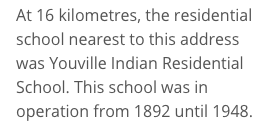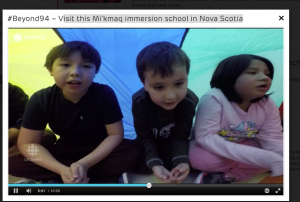I found this communications monitoring report from 2020 from the Canadian Radio-television and Telecommunications commission which looks at both broadband and LTE (mobile) network coverage and availability in various communities. The data appears to be from the 2019 report.
One statistic that stands out is the disparity in broadband access (50 Mbps download and 10Mbps upload with unlimited monthly data transfer) across various communities found that First Nations reserves have 34.8% while rural communities have 45.6%.
Also a big growth in the report from 2018 to 2019 was 5Mbps internet access in Nunavut growing from 49.7% to 99.6% of households. Lots of data here to unpack..
They have a lot of reports on their operations available online




